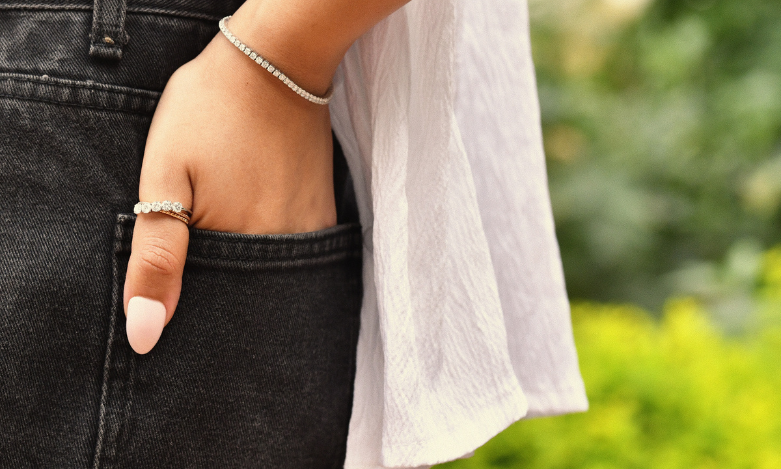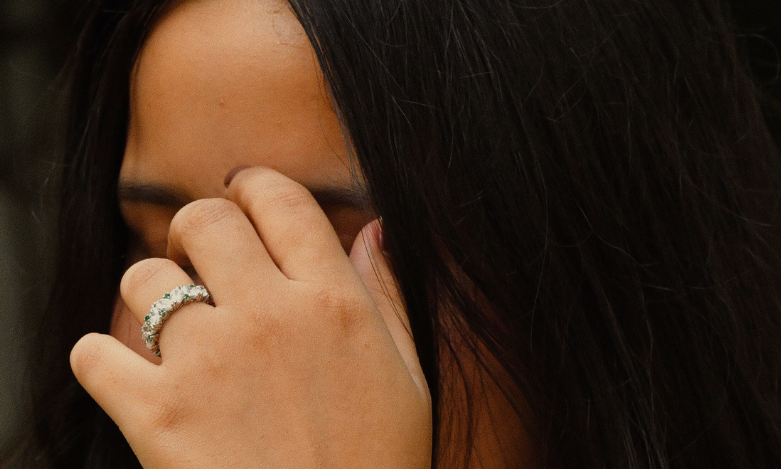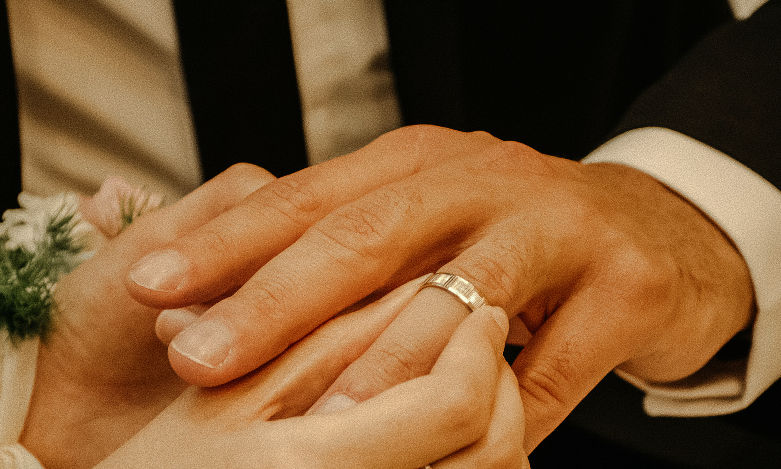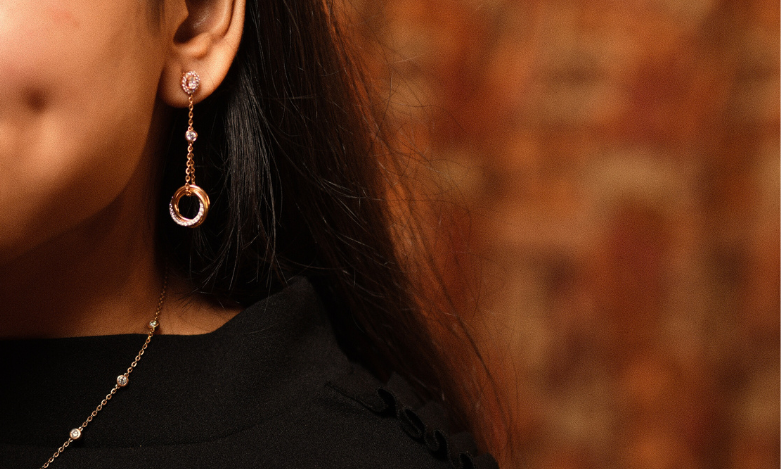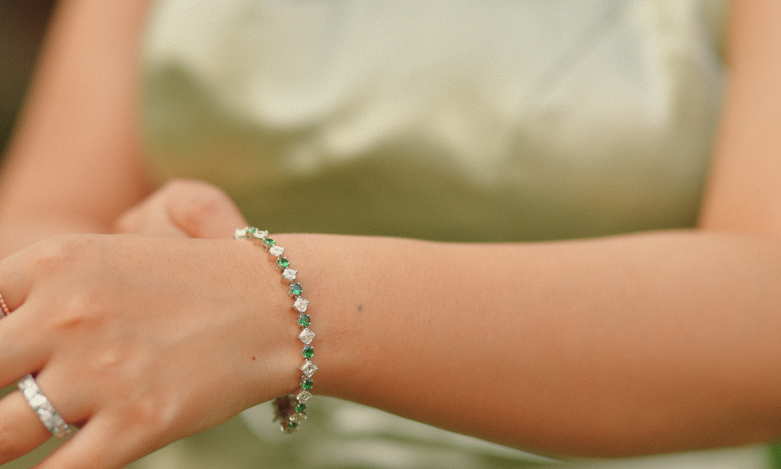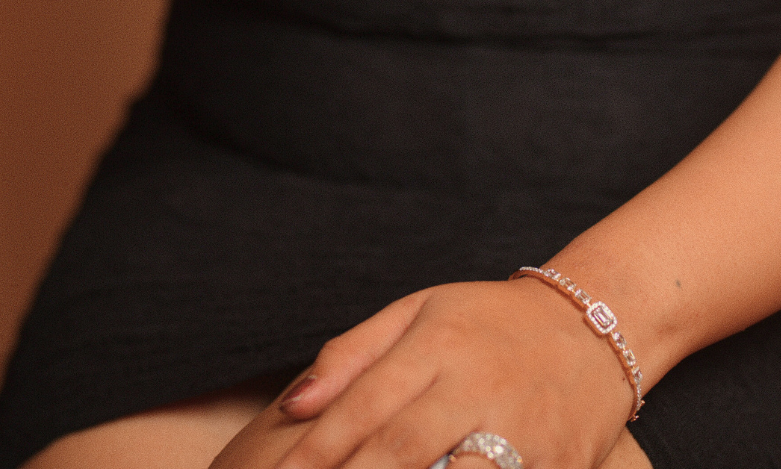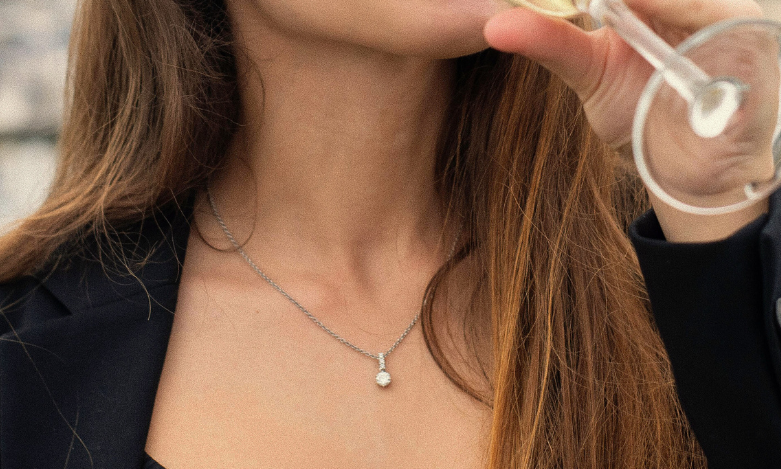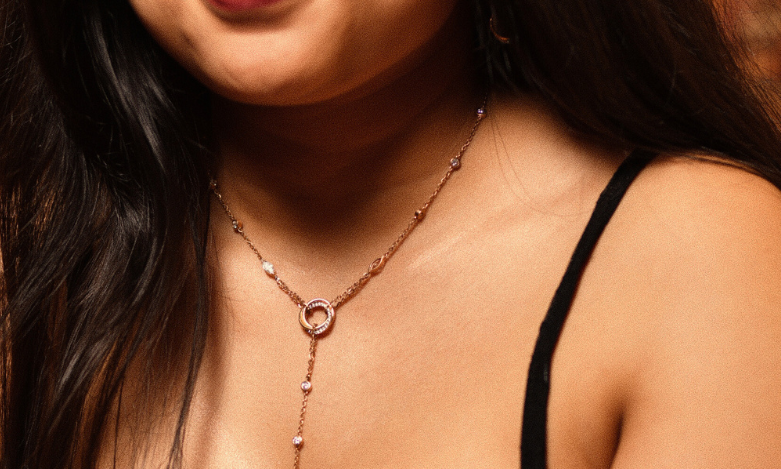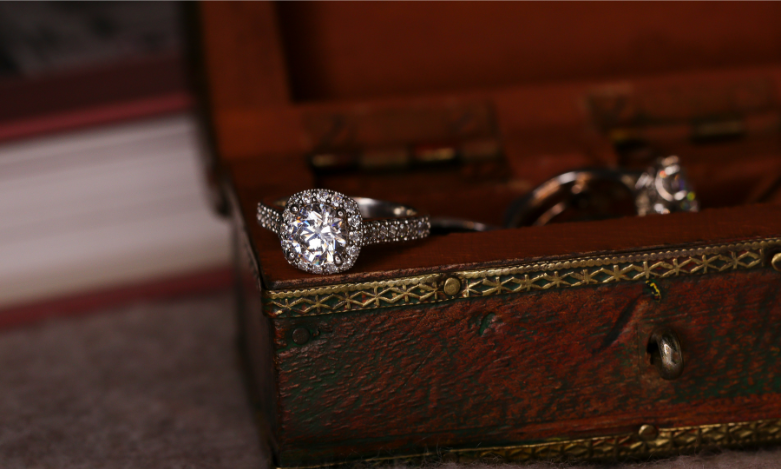Lab-Grown Diamonds vs. Natural Diamonds: What’s the Difference?

When it comes to diamonds—those glittering symbols of love, power, and prestige—the age-old debate of lab-grown vs. natural diamonds has set the jewelry world abuzz. Are lab-grown diamonds really just as dazzling as their natural counterparts, or is there something inherently irreplaceable about stones forged deep within the Earth over billions of years? Let’s break it down.
1. The Origins: A Tale of Two Worlds
- Natural Diamonds: Born under intense heat and pressure beneath the Earth’s crust, natural diamonds take 1 to 3 billion years to form. These ancient treasures are then extracted through mining—an energy-intensive process with environmental and ethical challenges.
- Lab-Grown Diamonds: Think science meets artistry. Lab-grown diamonds are created in high-tech laboratories using methods like High Pressure High Temperature (HPHT) or Chemical Vapor Deposition (CVD). In just a matter of weeks, a lab mimics the natural conditions under which diamonds form—no mining, no Earth-scarring, just pure, sparkling brilliance.
Science has mastered nature’s blueprint, and the result? Diamonds that are virtually identical.
2. The Science: Are They Really the Same?
Spoiler alert: Yes—chemically, physically, and optically, lab-grown diamonds are indistinguishable from natural ones.
- Both are made of pure carbon atoms arranged in a crystal lattice.
- Both share the same sparkle, fire, and hardness (10/10 on the Mohs scale).
- Even trained gemologists need specialized equipment to tell the difference.
So if you’re imagining a “fake” stone—think again. Lab-grown diamonds are real diamonds, not cubic zirconia or moissanite.
3. Price: The Game-Changer
Let’s talk value.
- Natural Diamonds: They come with a premium price tag due to their rarity, mining costs, and decades of marketing mystique. Expect to pay a hefty sum for that sparkle.
- Lab-Grown Diamonds: Cost up to 60-90% less than natural diamonds, making luxury far more accessible. You get the same quality, size, and beauty—without the financial sting.
A bigger, brighter diamond for the same budget? Yes, please.
4. The Ethics: A Crystal-Clear Advantage
Here’s where lab-grown diamonds take center stage.
- Natural Diamonds: Despite improvements, mining often raises concerns about ethical labor practices, conflict diamonds, and environmental devastation.
- Lab-Grown Diamonds: Ethically crafted and conflict-free—every single time. No human rights violations. No destructive mining. Just peace of mind.
If sustainability and transparency matter to you, lab-grown diamonds are the clear winner. They’re kind to the planet and people.
5. The Sentiment: Does It Feel the Same?
The emotional value of a diamond doesn’t stem from where it’s made, but what it represents—love, achievement, or a milestone worth celebrating.
- Natural Diamonds: They carry the mystique of time—formed over millennia, a story in every carat.
- Lab-Grown Diamonds: They carry innovation, progress, and a forward-thinking approach to tradition.
Both sparkle. Both endure. Both tell a story—yours.
So, Which One Should You Choose?
Choosing between a natural diamond and a lab-grown diamond ultimately comes down to your values, budget, and preferences.
- If you’re drawn to heritage and the mystique of Earth’s wonders, a natural diamond might call to you.
- If you want ethical luxury, a sustainable choice, and bigger brilliance for less, lab-grown diamonds are the clear future.
Whichever path you choose, remember this: a diamond’s worth isn’t just in its formation. It’s in the love, promise, or celebration it symbolizes.
The Future Is Sparkling—And It’s Lab-Grown
Lab-grown diamonds are rewriting the rules of the jewelry industry, offering brilliance with sustainability, transparency, and affordability. It’s not just a trend—it’s the next chapter of luxury.
So, are you ready to embrace a more conscious kind of sparkle? ✨


